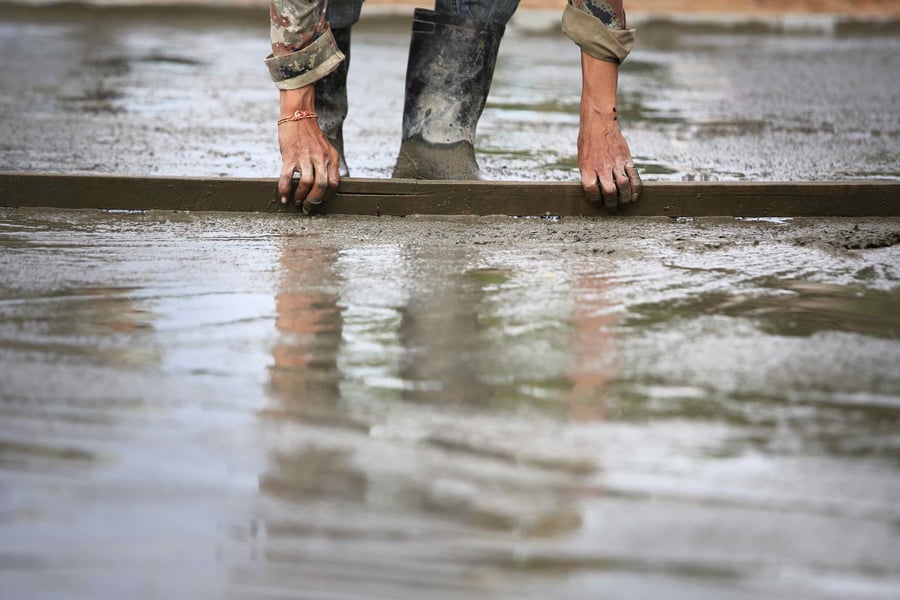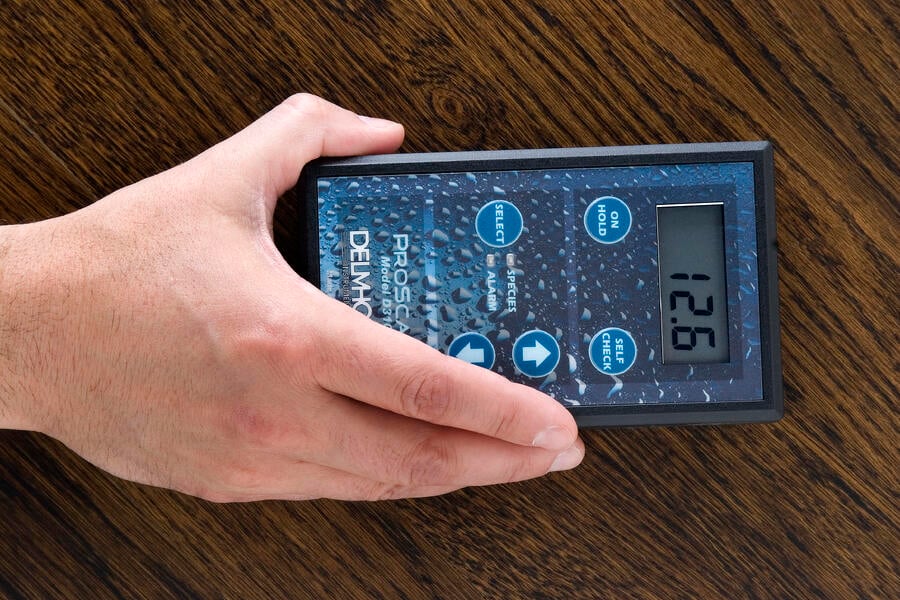5 Tips for Measuring Moisture in Cotton

Cotton has long been an enormously important plant for farmers throughout the world. As one of the world’s most widely used textile fibers, cotton is a cornerstone of not only the farming industry, but of every industry that needs cotton-based fibers. Last year alone, 13.2 million bales of cotton were produced from 7.7 million acres worth of harvested cotton in the U.S., according to data from the USDA.
As a crop, cotton can be tough to grow. Farmers need to use a lot of specialized tools to harvest and process cotton, and to contend with the various threats to their crops. From boll weevils, to cotton aphids, to red spiders, there’s no shortage of threats that can ruin a cotton harvest.
With perseverance, and some modern technologies, however, farmers can overcome many of the challenges of making sure that cotton survives to harvest time. This just leaves the question of how farmers can ensure the best quality in the cotton that they grow.
In order to maximize cotton yields and quality during the harvest, it is absolutely vital to make sure that the moisture content of cotton is strictly controlled. If cotton becomes too wet during harvest, it can stick to machinery, causing jams and potentially expensive damage to cotton balers and gins. If cotton is too dry, its fibers can become damaged during the harvest, potentially ruining its usefulness.
With this in mind, we’ve assembled a few easy tips for measuring moisture in cotton:
Tip #1: Use a Moisture Meter
When harvesting dozens of acres worth of cotton (or more), hand-testing methods of checking the %MC of cotton just isn’t practical. A simple touch test cannot provide a quantifiable measurement of the moisture content of cotton.
Oven dry tests, while highly accurate if done correctly, take far too long to finish to provide a timely measurement of moisture in cotton for harvesting or ginning. By the time you get a measurement from enough samples of cotton to say that you have a good idea of the moisture content of your cotton to work with, the rest of your cotton may have seen a significant change in %MC!
Moisture meters for cotton, on the other hand, can provide a reliable measurement of the moisture content of your cotton in seconds, not hours.
Tip #2: When to Measure Moisture
Generally speaking, the most important times to measure the moisture of your cotton is at the time of harvest and once again as it is being ginned. You can also check the moisture of your cotton before selling it to account for how much of your cotton’s weight is from moisture.
Checking moisture before putting cotton through the gin ensures high-quality, long fibers by letting you know if the cotton needs to be dried out or wetted down. Checking moisture during a sale lets your buyer know that they’re getting a fair market price and aren’t being charged for too much water weight.
Tip #3: Choosing the Right Electrode for the Job
During the different phases of the cotton harvest, cotton takes many different forms. From lint and seed cotton to large, fluffy white cotton bales, it’s important to have the right kind of measuring device on hand for the job.
 When you need to test moisture in lint or seed cotton, a small cup type electrode such as the 52-E/C electrode is probably the best type of electrode to use. With this electrode, you simply place a sample of cotton in the cup, press it in firmly with you finger (the sample should overflow the cup even after this), and hit the read button on the moisture meter.
When you need to test moisture in lint or seed cotton, a small cup type electrode such as the 52-E/C electrode is probably the best type of electrode to use. With this electrode, you simply place a sample of cotton in the cup, press it in firmly with you finger (the sample should overflow the cup even after this), and hit the read button on the moisture meter.
It is important to keep in mind that tests made on seed cotton may not be as accurate as tests on lint cotton. This is because of the presence of seeds in the cotton that may have a higher moisture content than the lint, and the randomness of the number of seeds in any given sample.
For testing cotton bales, you’ll want to use an extended-length electrode to penetrate deep inside of the bale to test moisture. The 30-E/C electrode is ideal for this use, as it has two long, insulated pins that are 24cm (9 1/2”) long. The insulation on the pins allows them to penetrate to the deepest parts of the bale and give you a moisture reading for that specific depth, and not the surface moisture on the bale.
In particularly tightly-packed bales, a heavy-duty electrode made of reinforced steel might be necessary to penetrate the bale to get a reading.
For measuring cotton that has been processed into yarn, a shorter electrode with multiple points of contact such as the 37-E/C is more ideal for getting a reliable reading.
Tip #4: Ideal Cotton Moisture
When measuring the moisture of cotton prior to ginning it, the ideal moisture content for cotton, according to information cited by the USDA, is between 6.5% and 8%. When at this %MC, yarn processed from the cotton will be of a higher quality than it would be if the cotton was significantly lower in moisture content.
Cotton that is much wetter than 8% MC is prone to sticking in machinery, causing jams that hamper production or even ruin expensive equipment.
Tip #5: Check Your Meter’s Calibration
Properly maintained and cared for, a well-made moisture meter from a reliable manufacturer is a tool that you can rely on for years. However, it is still important to periodically check the calibration of your meter from time to time to ensure that you’re getting accurate results.
There are a few ways to check meter calibration, including:
-
Using a reference meter. Take a second, unused meter and compare moisture readings between the two on a single sample of cotton.
-
Using a moisture content standard (MCS). These handy little devices allow you to test the meter’s accuracy by providing a consistent electrical resistance value to test. If the meter returns a result other than the value of the MCS, you’ll know that the meter’s calibration is off.
-
Using a built-in calibration check. Some moisture meters, such as Delmhorst’s C-2000 meter, have built-in calibration checks. With the press of a button, the meter can run the check and you’ll know if it’s working or not right away.
To learn more about how you can measure moisture in cotton, speak to a specialist today!
Subscribe to Our Blog
Post Related

Is There Such a Thing as a Concrete Scale for Moisture Meters?


